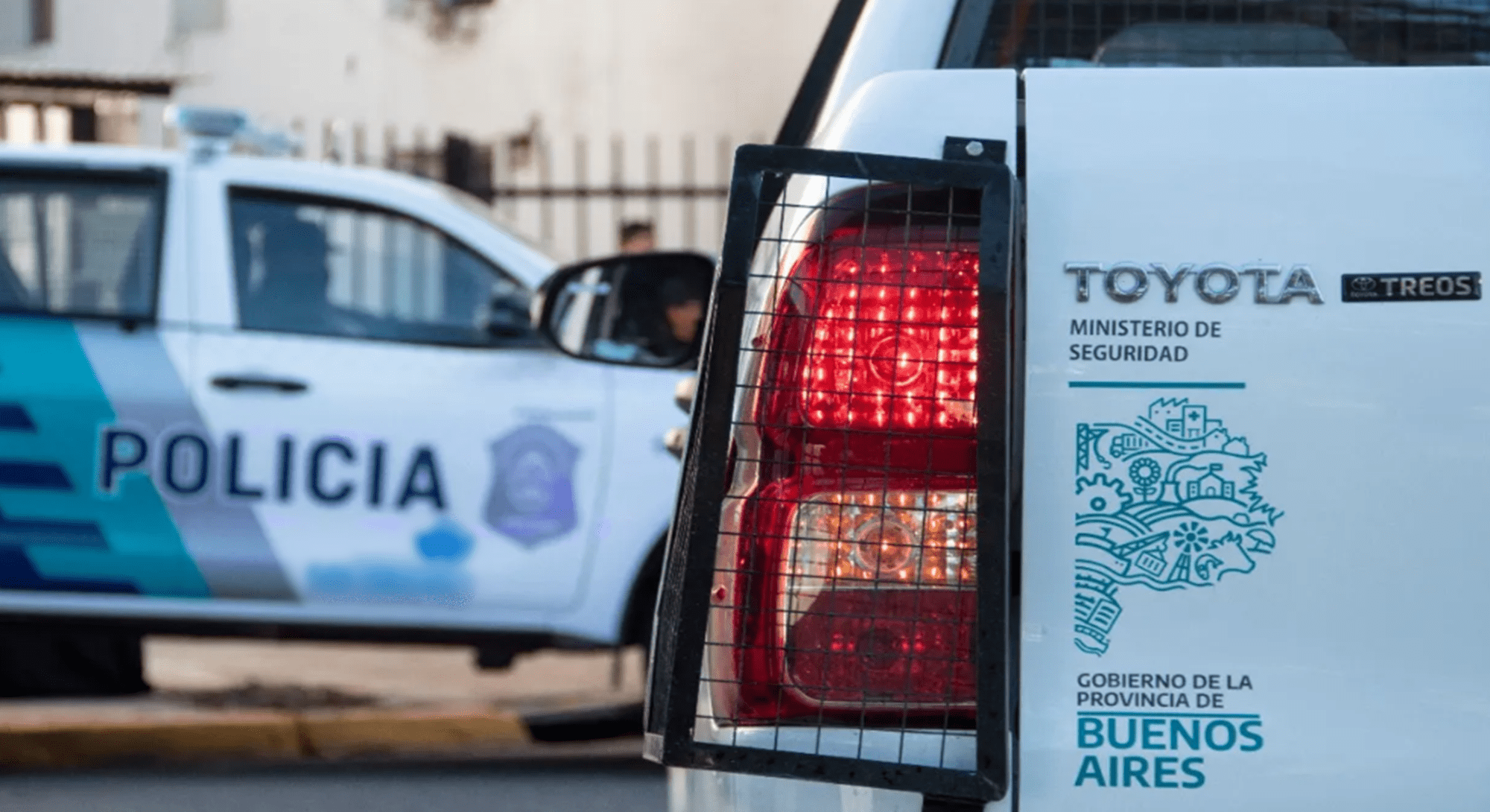The Apex Legends landscape continues to evolve rapidly as we move through 2026, with significant meta shifts reshaping competitive play. Whether you’re grinding ranked or competing at the highest levels, adapting to these changes requires understanding both mechanics and strategy. Let’s dive into what’s currently working for top players and how you can implement these tactics in your own gameplay.
Current Meta Evolution (2025-2026)
Season 26 has dramatically reshaped the legend balance, with surprising picks rising to dominance. Caustic, Bangalore, Alter, and Ash now stand as the strongest meta selections, replacing previous mainstays. What’s driving this shift? Bangalore’s healing smoke provides unprecedented team sustenance, while Mad Maggie’s enhanced Wrecking Ball and revised ultimate have changed how teams approach fights.
The weapon meta has undergone similar turbulence. Several previously dominant guns received substantial nerfs, forcing even veteran players to adapt their loadout preferences. The Alternator, CAR, and L-Star have emerged as particularly strong options, though their precise power ranking shifts with each balance patch. Smart players are practicing with multiple weapon types to stay flexible when favorite guns inevitably receive adjustments.
Map rotations now prominently feature Broken Moon, E-District, and Storm Point for Ranked play. The daytime variant of E-District deserves special mention – its improved visibility and streamlined shop layouts have created new hotspots and rotation paths that savvy squads are already exploiting to gain positioning advantages.
Team Composition Strategies That Win
The strongest team composition currently dominating high-tier play combines Ash + Bangalore + Caustic. This synergy works brilliantly because Bangalore denies enemy sightlines with tactical smokes, Caustic secures zones and creates defensive strongpoints, while Ash provides the crucial tempo control and pick potential that converts advantages into eliminations.
Underutilized but powerful combinations worth exploring include pairing Lifeline with either Conduit or Vantage. These setups offer surprising outplay potential, especially when completed with an aggressive third pick. The key is understanding how abilities complement each other rather than simply selecting individually strong legends.
Counter-picking has become increasingly important at higher ranks. When facing popular meta compositions, consider how zone denial tools (like Caustic’s gas traps) can neutralize movement-based legends, or how information disruptors (Crypto’s EMP or Seer’s heartbeat sensor) can level the playing field against teams with superior positioning.
Pro Tip: Legendary Skins Matter
Top players aren’t just choosing legends for abilities – they’re strategically selecting skins that provide minor visual advantages. Certain legendary skins have slightly smaller profiles or blend better into specific environments. This might seem minor, but at predator rank, every advantage matters.
Advanced Movement Techniques
Movement mechanics continue to separate great players from truly elite ones. Multi-hop slide jumps and aggressive wall-bouncing techniques have become essential for high-level play, allowing for unexpected angle creation during firefights. These techniques are constantly evolving, with new variations being discovered through Season 29.
Input method significantly impacts movement capability. Mouse and keyboard players execute micro-movement maneuvers with greater precision (especially flick-strafes and fine air control), while controller players leverage aim-assist for tighter close-quarters combat. Understanding these differences helps predict enemy behavior based on their movement patterns.
The most effective players maximize their mobility options by blending ledge climbing, fast crouch spam, and unpredictable rotation paths. Mastering these techniques requires dedicated practice but provides massive advantages in combat scenarios. Professional streamers often showcase these movements in slow-motion breakdowns worth studying.
Technological and Psychological Edges
Hardware optimization remains crucial for competitive play. Top performers run high-refresh displays (minimum 144Hz, with many now using 240Hz or higher) and competitive-grade audio equipment to maximize response time and sound cue recognition. Settings tweaks like lowered shadow quality, increased model detail, and custom reticle colors enhance visibility without crossing into Apex Legends hacks territory.
Audio awareness continues to be an underrated skill. Learning to recognize distinct sound signatures – like revive sounds, different legends’ footstep patterns, and zipline activations – provides actionable intelligence that can inform decision-making. Many top players use specialized audio processing to enhance these critical cues.
Psychological tactics have evolved beyond basic baiting. Predator-ranked players regularly feint rotations or create “fake” engagement sounds to draw out opponents before executing perfectly synchronized ability combinations. This level of coordination requires excellent team communication, with the best squads developing shorthand callouts for complex strategies.
Adaptation to Anti-Cheat Systems
Respawn’s enhanced anti-cheat systems have created an interesting dynamic in high-tier play. Legitimate skilled movements sometimes trigger suspicion from both the system and other players. The competitive scene has responded by embracing transparent streaming and documentation practices, with many top players recording their gameplay to establish legitimacy.
Understanding these systems helps players avoid false flags while maintaining competitive integrity. The focus on legitimacy has actually improved the quality of ranked play, with fewer encounters against suspicious players disrupting the experience.
Future-Proofing Your Skills
Developing transferable skills remains the best strategy for long-term success. Core abilities like spatial awareness, mechanical tracking, and “meta prediction” consistently translate regardless of which legends or weapons receive balance changes. The most adaptable players focus on these fundamentals rather than becoming overly specialized.
Rapid adaptation to patches gives serious players a substantial edge. Studying patch notes thoroughly, identifying core trends in developer decisions, and practicing with newly adjusted elements before they become widely recognized as strong provides a significant competitive advantage. Many top players maintain alternate accounts specifically for testing new strategies without risking their primary rank.
Statistical Edge and Event Analysis
The smartest competitors closely monitor legend pick rates, win percentages, and weapon usage statistics through in-game trackers and leaderboards. This data-driven approach helps identify emerging trends before they become widely adopted, creating windows of opportunity to leverage underutilized but powerful options.
Major tournaments scheduled for early 2026 will rapidly accelerate meta development. Analyzing VODs from these events provides invaluable strategic insights that can be applied to ranked play. Pay particular attention to how professional teams handle zone closing and third-party prevention, as these skills translate directly to ranked success.
The most resilient approach combines meta awareness with mechanical mastery and psychological understanding. By developing skills across all these dimensions, you’ll maintain dominance as Apex Legends continues evolving through 2026 and beyond.

















